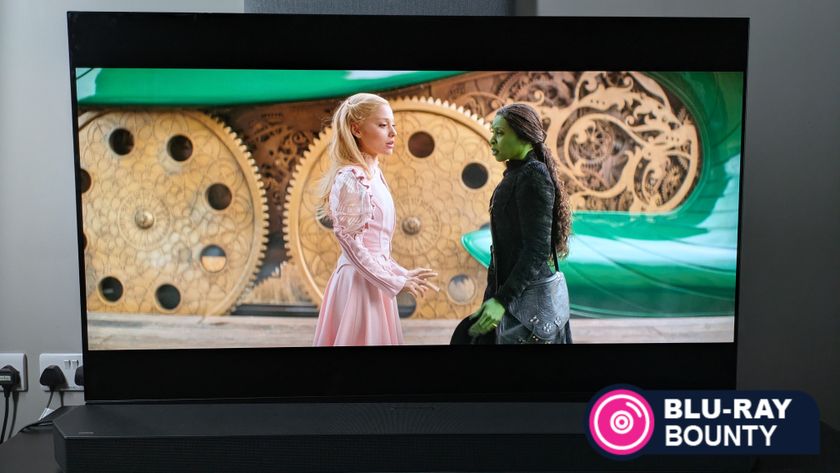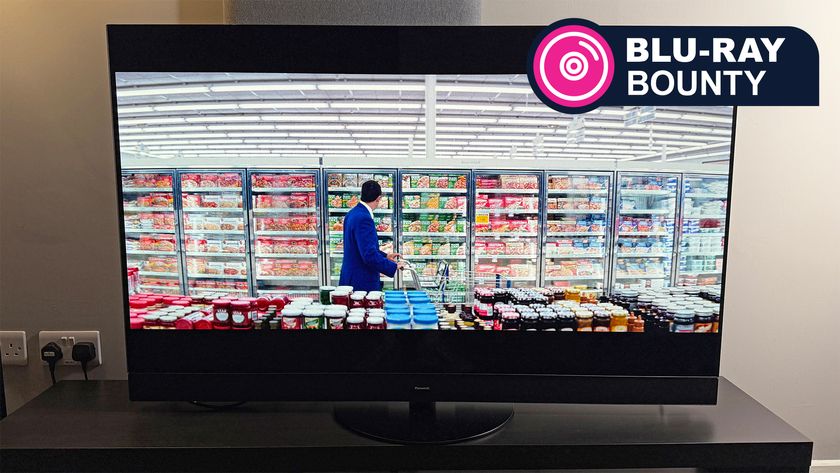How your mains power supply affects your home cinema
Mains power conditioning explained
"Taking a closer look at a mains supply reveals it's not a simple issue, and often not what we may expect," said Poulson. "Zooming in on an AC mains cycle reveals there is a lot going on; pollution and distortion of our energy supply is an inevitable consequence of its use, and it is everywhere.
"Electrical appliances in homes each turn some of the energy used into noise, either as radio interference or distortion of the mains itself. All are connected to, and share, the same physical conduit: the power grid.
"Most AV equipment is surprisingly vulnerable to this pollution, and limitations in the component parts commonly used means the interference is passed through to the sensitive circuits beyond, compromising performance.
"High energy spikes from switch contact arcing can cause clicks; broadband noise from rectifier diodes can create a haze veiling detail, and industrial inductive loads can cause significant local distortion of the mains waveform. These effects are often the reason why your system sounds better at night, when there is less local electrical activity."
So, what's the solution? Poulson opines: "Removing mains-borne noise can dramatically improve your system. A carefully designed filter or regenerator, isolating each individual component in your system, will provide superior, more predictable performance. The benefits are often not subtle. Other solutions such as specialist mains cables, which often provide improvements due to a limited degree of filtering, as a consequence of their physical geometry, are usually unpredictable, so tackling the source of the problem is a more powerful tool than just coping with its effects."
The PowerLine 1080 is a 2.3kg lump featuring a powder-coated steel chassis and an anodized 6mm thick CNC'd aluminum top plate designed to be non-magnetic and non-resonant. It has an IEC input connector, but you'll have to supply your own mains lead (the ISOLink shielded mains cable for instance).
Each of the four power outlets has a hinged cover designed to IEC standard IP54, protecting unused outlets from dirt, dust and little fingers. Internal wiring is silver-plated copper with PTFE insulation. One outlet has a dedicated filter to eliminate noise generated by video displays, while another has a filtered high current direct connection for amplifiers. The remaining two outlets are for source components.
Get daily insight, inspiration and deals in your inbox
Sign up for breaking news, reviews, opinion, top tech deals, and more.
It's all about the current
"It's specifically designed for plasmas, LCDs, and projectors," explains Poulson. "Basically, it's all about current. Displays don't need enormous amount of current; they don't normally need high peak current either. When that's the case, it allows us to put a far steeper curve in than I ordinarily I would for an audio component.
"The PowerLine 1080's output is very different to all of the others. It can only deliver around four or five amps maximum. It really has got a very very steep curve, plus we also built in a Notch Filter, which is designed to tackle a lot of the addition noise coming out of the plasma. The notch syncs specifically to that plasma noise, it's hyper-tailored specifically for the plasma display. The other two line sockets have moderate filtering just for source components, while the one for the amplifier is only parallel filtered because we don't want to limit current."
So how can the impact of your power conditioners be measured? "We use three things; one we look and listen, which is one of the finest arbiters. Then we have a Voltech power analyzer (more about these at www.voltech.com), plus we use new generation Picoscope (PC-based oscilloscope, from www.picotech.com) capturing devices, so we can freeze moments in time and look at them."
On our in-house reference system, our subjective impression was of a touch more clarity overall on our installed LED TV when we used the Powerline 1080. Display noise was reduced, and colours appeared a little more vibrant.
Attached to our receiver, we heard a slight reduction in noise - a subtle effect, but sound effects appeared to emerge from a quieter background. Improvements were more pronounced at home, supporting the argument that the perceived effect of a power conditioner will be dependent on the state of your mains in the first place.
So, if you want to get the best out of your system, think of what you're putting into it - even if it adds only a level of surge protection, a power conditioner can still be a wise investment.












